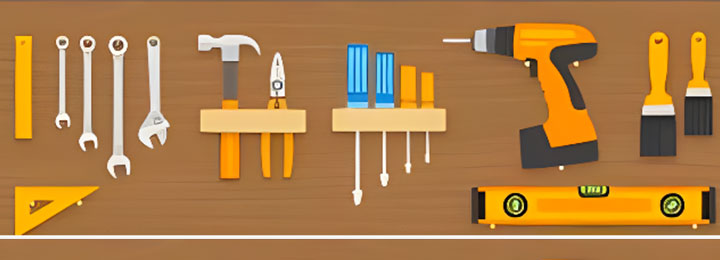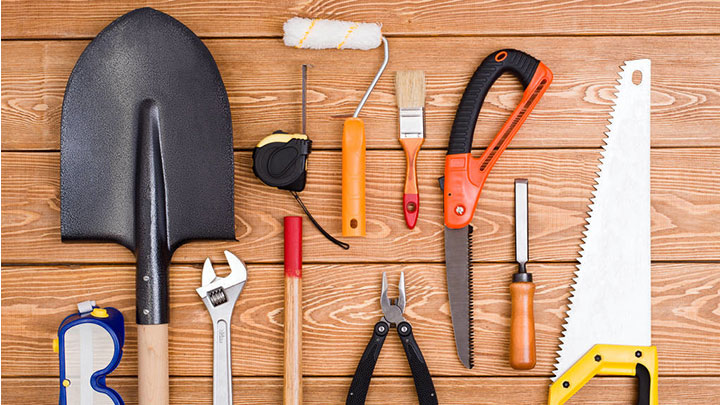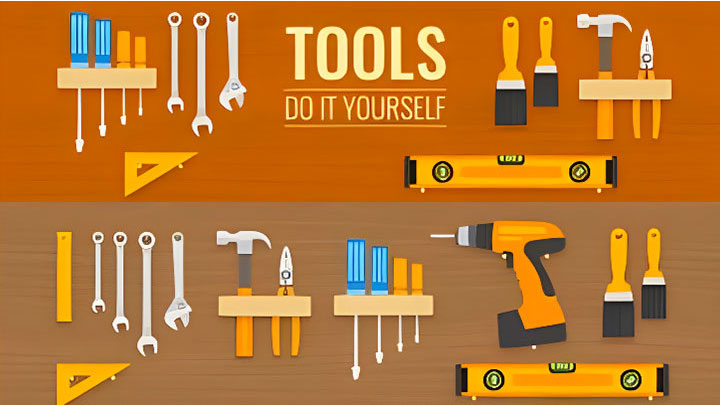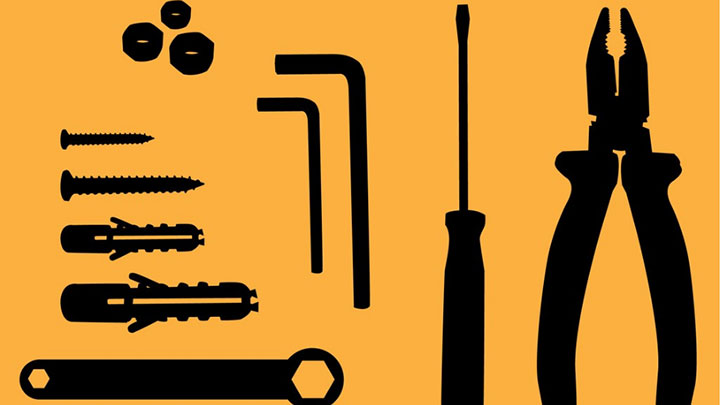Choosing Power Tools: A Comprehensive Guide

Selecting the right power tools can significantly impact the efficiency, safety, and quality of your work. Whether you're a professional tradesperson or a DIY enthusiast, understanding key considerations when choosing power tools is essential. This article provides a detailed guide to help you make informed decisions.
1. Identify Your Needs: Begin by assessing your specific requirements. What tasks will you primarily use the power tools for? Consider the materials you'll work with, the frequency of use, and the level of precision required. Different tools are designed for various applications, from woodworking and metalworking to construction and home improvement.
2. Power Source: Power tools come in different power sources: corded electric, cordless (battery-powered), and pneumatic (air-powered). Each type has its advantages:
- Corded Electric: Offers consistent power but requires access to a power outlet.
- Cordless/Battery-Powered: Provides mobility and flexibility but requires recharging and may have limited runtime.
- Pneumatic/Air-Powered: Ideal for high-power applications but requires an air compressor and hose.
Choose the power source that aligns best with your workspace and usage requirements.
3. Consider Tool Specifications: Pay attention to key specifications such as:
- Power Rating: For corded tools, this is typically in watts or amps. Higher ratings indicate more power.
- Battery Voltage and Capacity: For cordless tools, higher voltage generally means more power and longer runtime. Battery capacity (mAh) determines how long the tool can operate before needing recharging.
- Speed and Torque: Essential for drills, impact drivers, and similar tools. Higher speeds and torque ratings indicate greater capability for tougher tasks.
4. Ergonomics and Comfort: Tools that feel comfortable and ergonomic in your hands can reduce fatigue and improve control. Look for features like rubberized grips, balanced designs, and lightweight construction, especially for tools you'll use for extended periods.
5. Durability and Build Quality: Invest in tools made from high-quality materials such as durable plastics, aluminum alloys, and steel. Check for robust construction and reliable mechanisms that can withstand frequent use and harsh conditions without compromising performance.
6. Safety Features: Prioritize tools with built-in safety features, such as:
- Safety Guards: For saws and grinders.
- Trigger Locks: Prevent accidental activation.
- Overload Protection: Guards against overheating and motor burnout.
Ensure the tools comply with safety standards relevant to your region or industry.
7. Brand Reputation and Warranty: Choose reputable brands known for manufacturing reliable power tools. Research customer reviews and ratings to gauge performance and reliability. Additionally, check the warranty terms and customer support offered by the manufacturer to ensure peace of mind regarding repairs and replacements.
8. Budget Considerations: Set a budget based on your needs and the quality required for your projects. While cost-effective options exist, prioritize quality and reliability over the lowest price to avoid frequent replacements and compromised performance.
9. Additional Features and Accessories: Evaluate additional features that can enhance functionality and versatility, such as:
- Interchangeable Tool Heads: For multi-functional tools like oscillating multi-tools.
- LED Lights: Illumination for improved visibility in dark or enclosed spaces.
- Dust Collection Systems: Essential for tools like sanders and saws to maintain a clean workspace.
10. Test Before Purchase (If Possible): Whenever feasible, handle the tool to assess its weight, balance, and ease of operation. This hands-on approach can provide valuable insights into how well the tool suits your needs and preferences.
In conclusion, selecting the right power tools involves thorough consideration of your specific requirements, the tool's specifications, ergonomics, safety features, and overall quality. By making informed choices, you can ensure efficient, safe, and successful completion of your projects, whether professional or personal.




